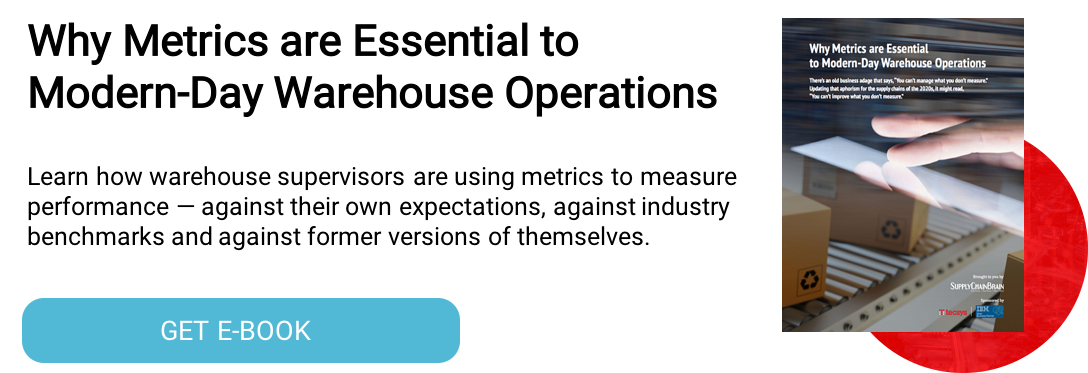Four Key Steps for a Strategic Supply Chain

I want to provide you with four key steps for a strategic supply chain that you can use as your guidebook. Because let’s be honest, supply chain has traditionally taken a back seat in the boardroom. Unfortunately, it took a global pandemic for most organizations to take a hard look at their supply chain and warehouse management operations and realize the broken links. Now as more supply chain leaders are getting a seat at the executive table, they must be prepared to answer how the supply chain will be a driver for the organization’s success.
A recent Gartner article stated, “To adapt to the board’s shifting priorities, supply chain leaders must focus on driving performance while managing risks and still pursue opportunities to leverage new technologies, products and services for business growth.” Unquestionably this is a tough burden to bear for most supply chain leaders, but trust me when I say, it is possible to move forward confidently.
Four Key Steps for a Strategic Supply Chain
1. Define Your Supply Chain Values and Enforce Them
First and most importantly, you must build your supply chain values. Is the value of your supply chain to do more with less, to be sustainable or perhaps to be resilient? Pick the metrics that align with your core company values. Keep in mind that whatever value you pick, make sure the values are not contradictory strategies. The last thing you want is to succeed in one area and fail in another as this may cause your supply chain from becoming a strategic part of your company’s goals.
Once you’ve defined what those values are, you must ensure that message is shared throughout your organization — from the CEO to the warehouse workers. The values should showcase how the supply chain strategically improves your organization as a whole.
2. Be Agile and Adaptive at Your Core
Companies that fail to innovate are doomed for failure. Just look at the fact that 88% of the Fortune 500 firms that existed in 1955 are gone. Does your organization encourage innovation? Better yet, does your organization allow for and even encourage occasional failures?
Amazon is notorious for constantly trying new ideas and then learning from those trials in order to move forward with stronger ideas. A strategic supply chain emulates this approach of being agile and adaptive. In today’s environment, only organizations that act based upon data rather than guesses win. You may have heard the phrase, “remove the HiPPO from the room” or “get rid of the HiPPO.” HiPPO is an acronym for highest paid person’s opinion and it’s certainly not the best way of making decisions and determining what to try next. Test your innovations, get the data and get rid of the HiPPO.
3. Integrate All Your Supply Chain Channels for Both Demand and Supply
A big differentiator of strategic supply chains is how they are run on a single, harmonized system in order to react and respond to strategic decisions. Supply chains running on disparate systems rarely can adapt to change.
Do all of your inbound orders come into the same order management system (OMS) and are managed in the same way by the same team? Or do you have a separate supply chain structure for domestic vs. international? In order to cross the threshold into greatness, ensure that your complete supply chain organization has a unified approach for success.
4. Look for Ways Technology can Help
Naturally being a supply chain solutions company, Tecsys is going to highlight ways that technology can solve supply chain problems. But in all seriousness, in today’s market environment there is no way to get a complete and effective picture of how your entire end-to-end supply chain is performing without using technology to gather the data. You need data to drive your strategic decisions — which ones are working and which ones are costing the most. More importantly, data will give insights into why something is not working. Start using analytics to guide your “what would happen if” scenarios.
Forge an Unstoppable Supply Chain
These are four simple but effective steps in moving towards a strategic supply chain and ensuring your seat at the big table stays warm. Supply chain leaders have been waiting a long time for a key role in strategic decisions and having the supply chain become a core enabler for organizational strategy. Make sure you don’t waste this opportunity. Think how your supply chain fits into your organization and if you can make it more strategic.




